
White Card Wardrobe Plot, 2021
Installation view
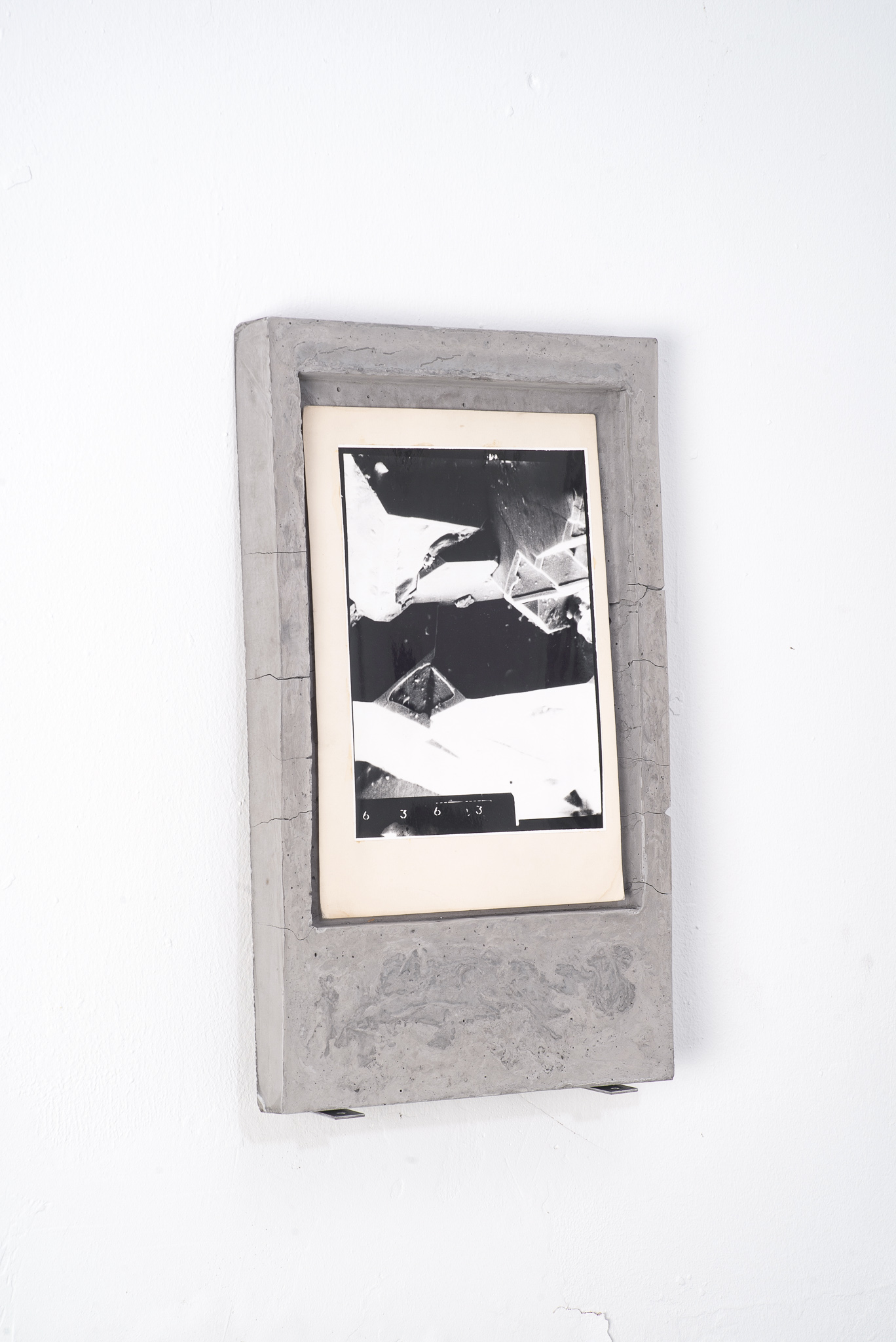
White Card Wardrobe Plot 3, 2021
Found micrograph in artist’s frame of concrete
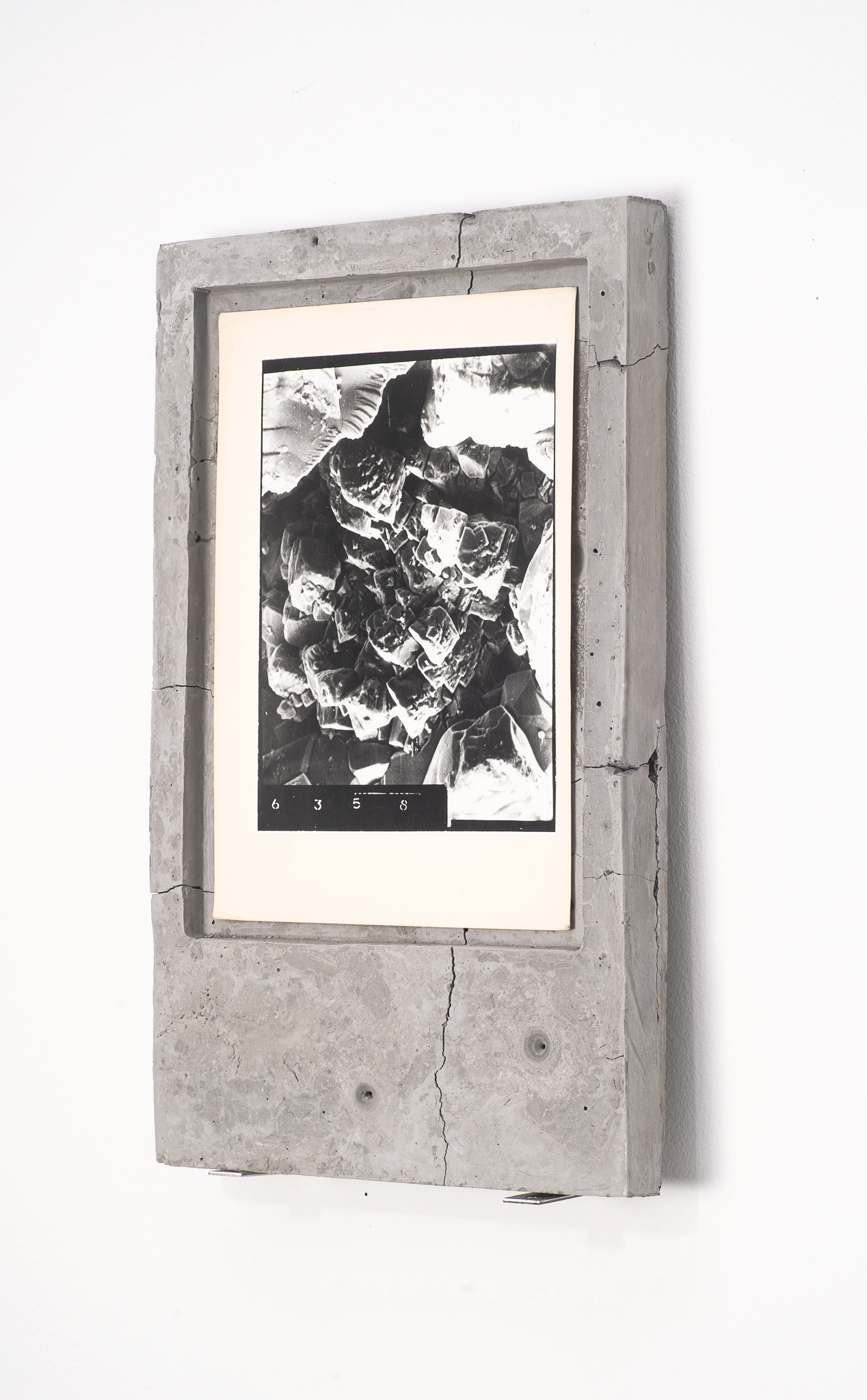
White Card Wardrobe Plot 4, 2021
Found micrograph in artist’s frame of concrete
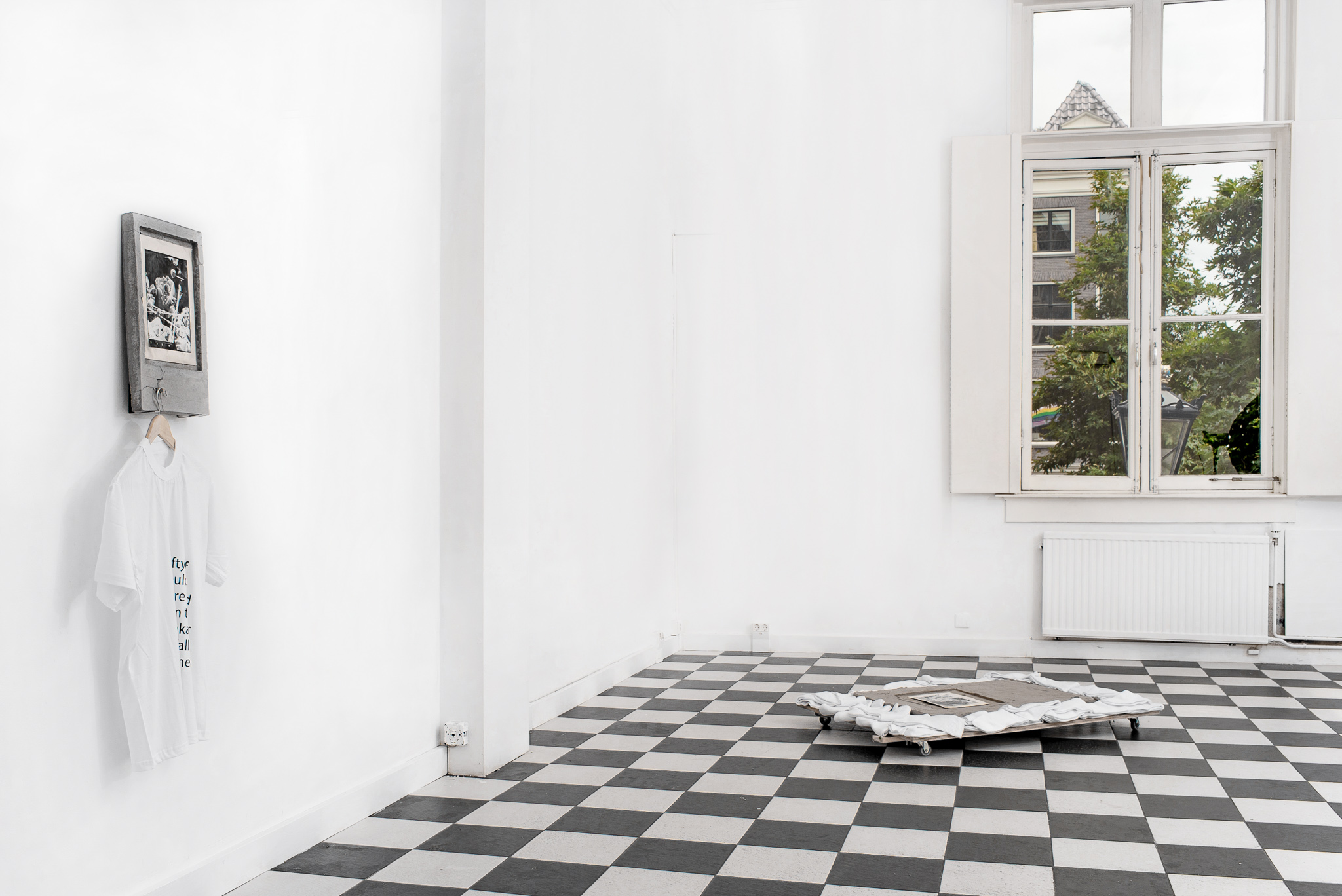
White Card Wardrobe Plot, 2021
Installation view
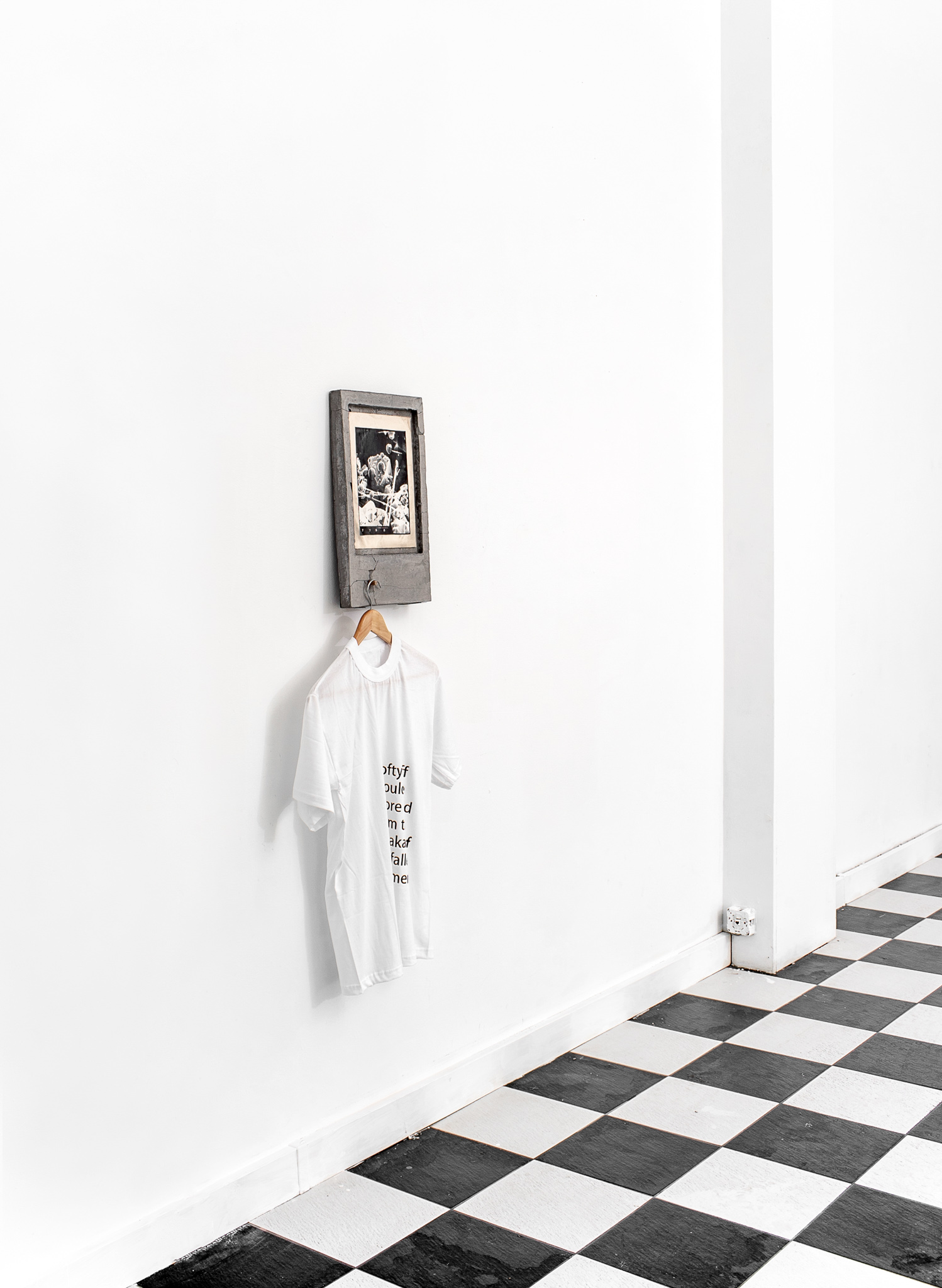
White Card Wardrobe Plot 2, 2021
Found micrograph in artist’s frame of concrete, coat hanger and UV-printed t-shirt.
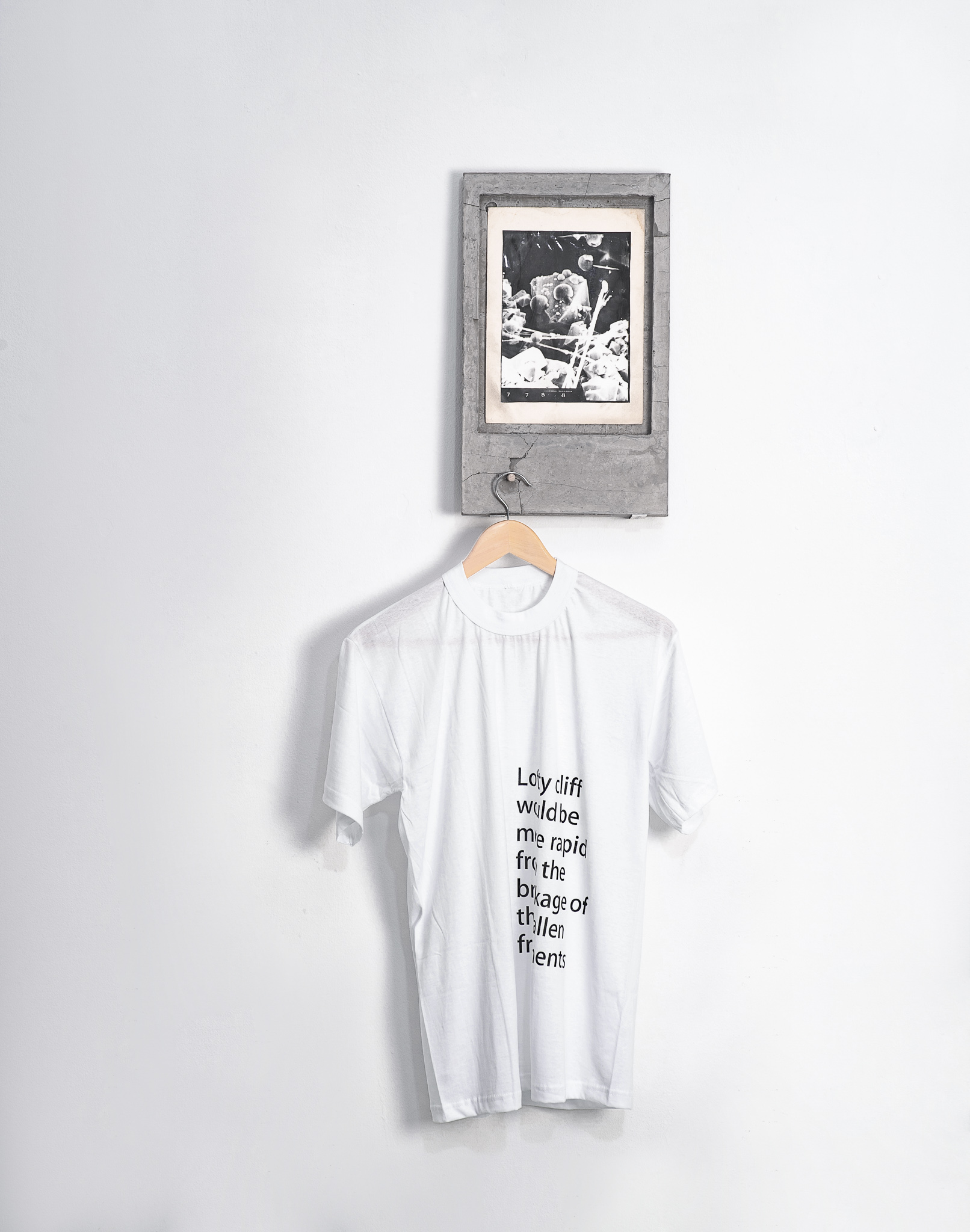
White Card Wardrobe Plot 2, 2021
Found micrograph in artist’s frame of concrete, coat hanger and UV-printed t-shirt.
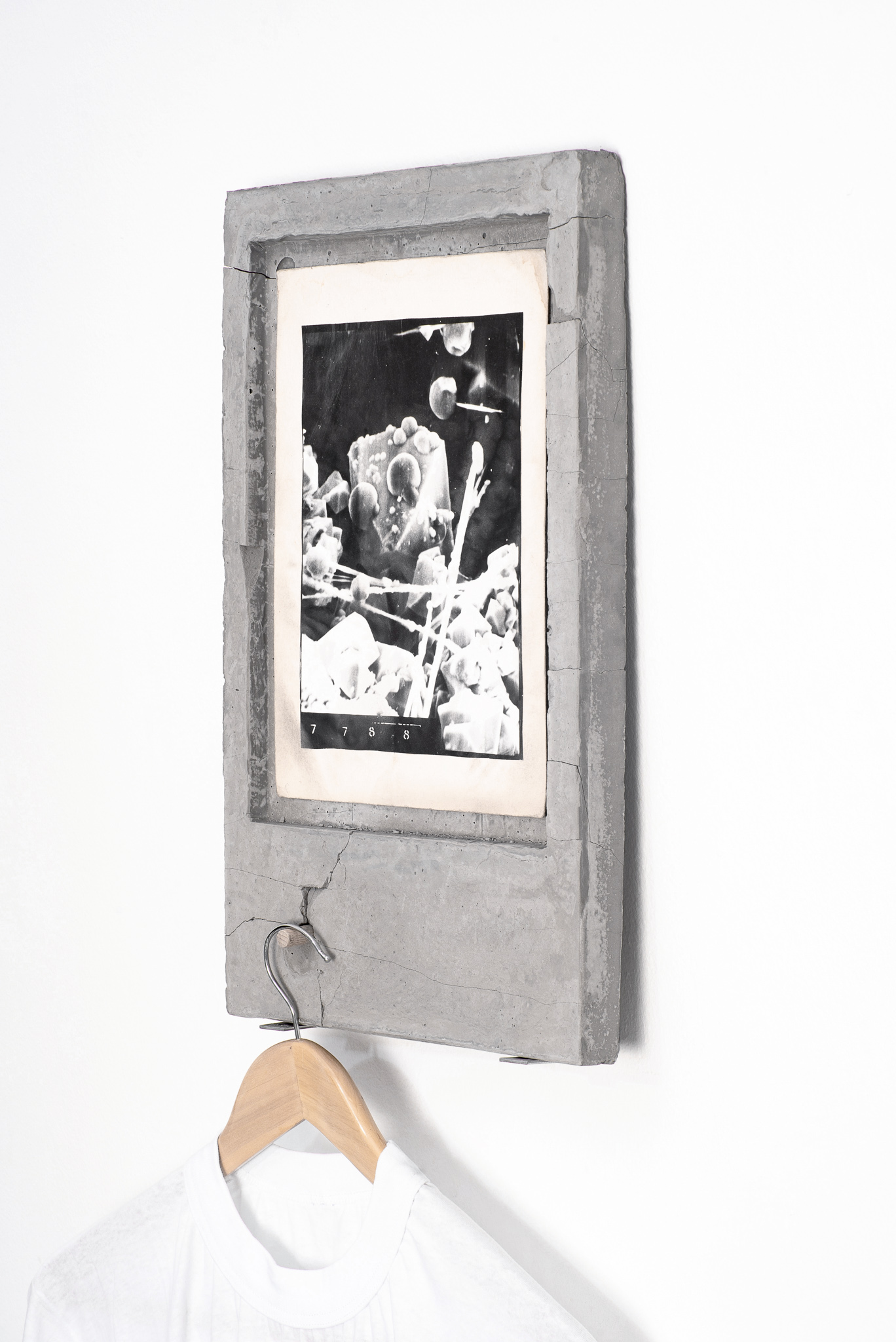
White Card Wardrobe Plot 2, 2021
Detail
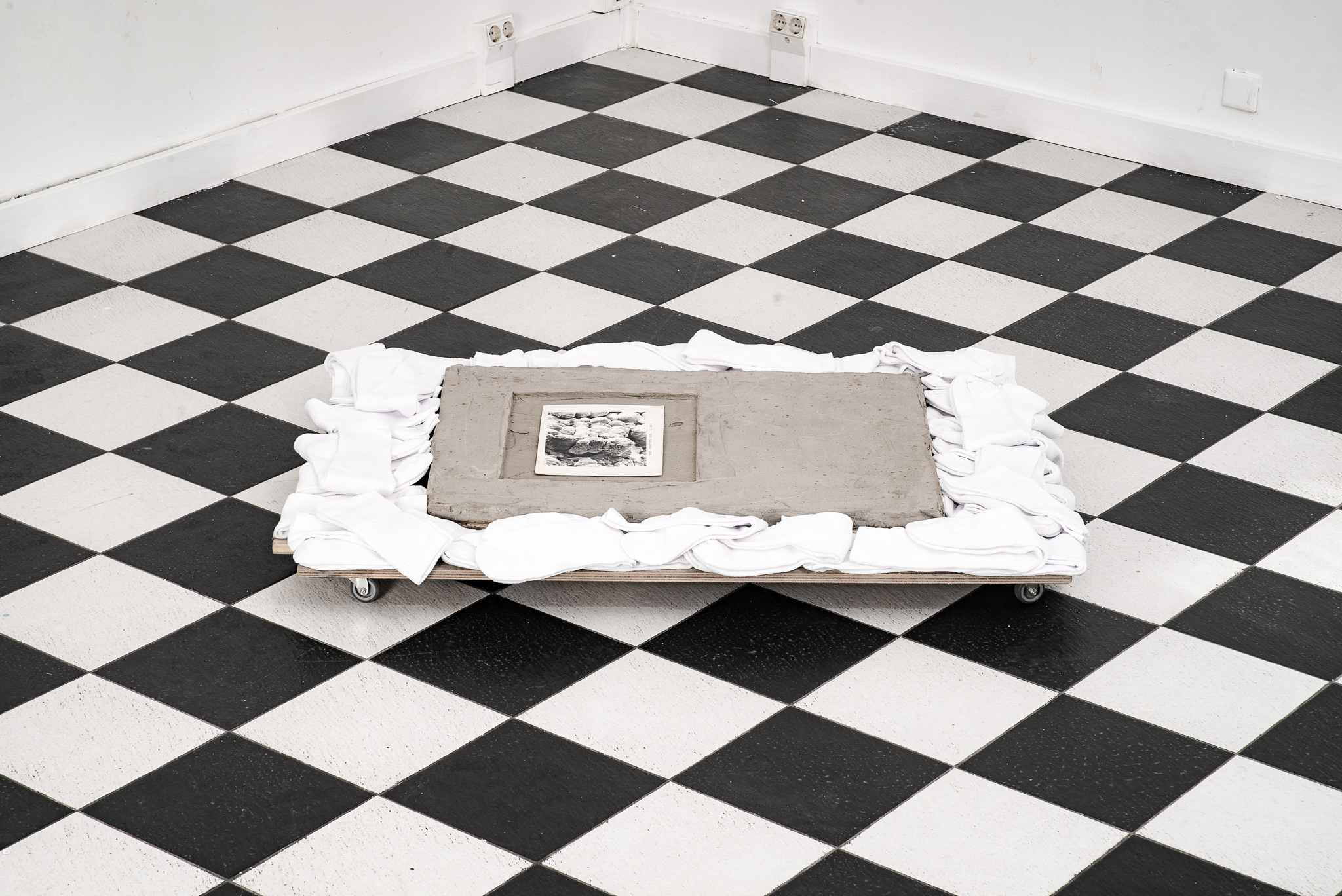 As if Sheman Knows, 2021
As if Sheman Knows, 2021Found micrograph in artist’s frame of concrete, plywood, trolly.

White Card Wardrobe Plot 1, 2021
Found micrograph in artist’s frame of concrete
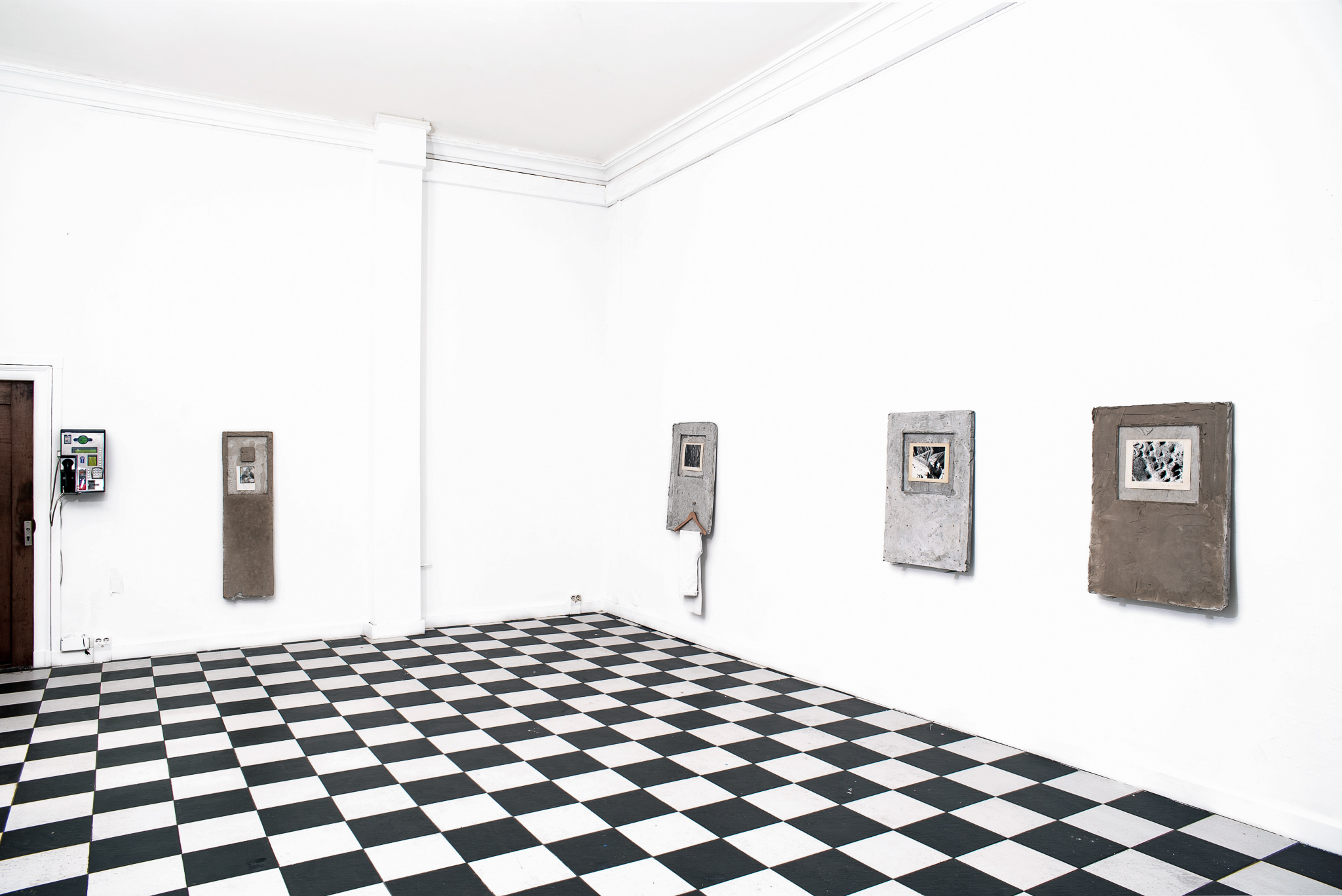
White Card Wardrobe Plot, 2021
Installation view
 Toototemic, 2021
Toototemic, 2021Installation view
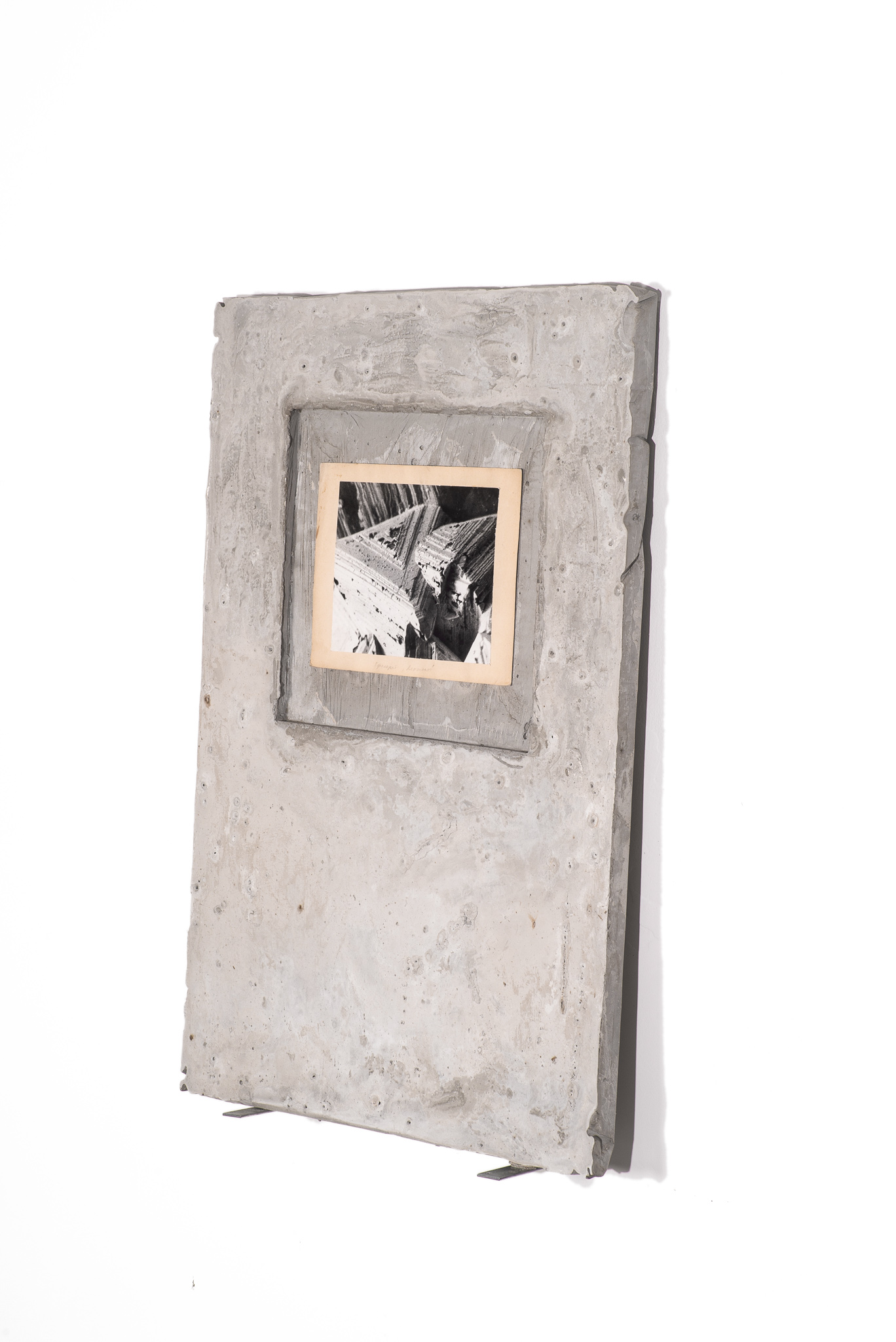
Toototemic 2, 2021
Found micrograph in artist’s frame of concrete

Toototemic 3, 2021
Found micrograph in artist’s frame of concrete
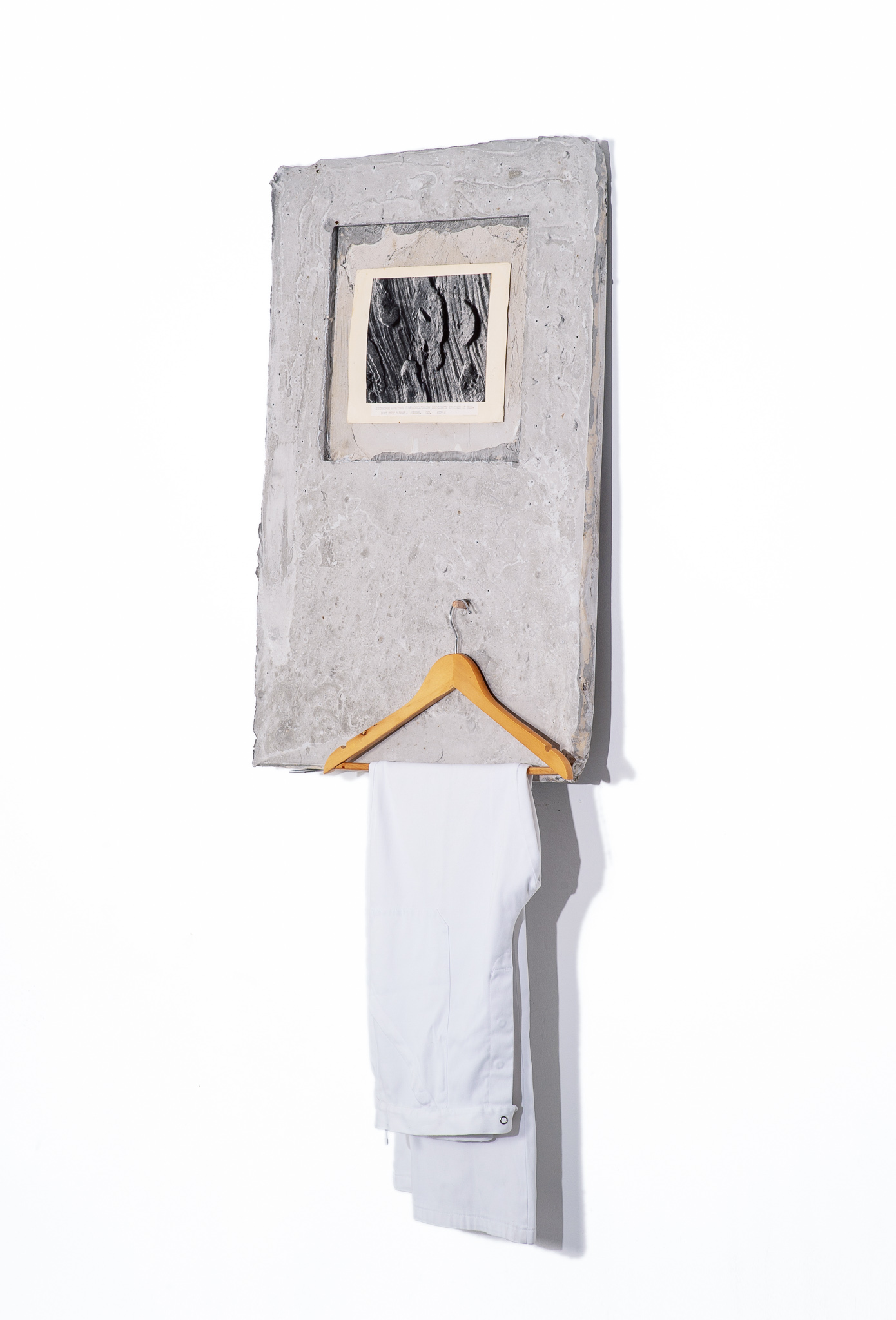
Toototemic 1, 2021
Found micrograph in artist’s frame of concrete
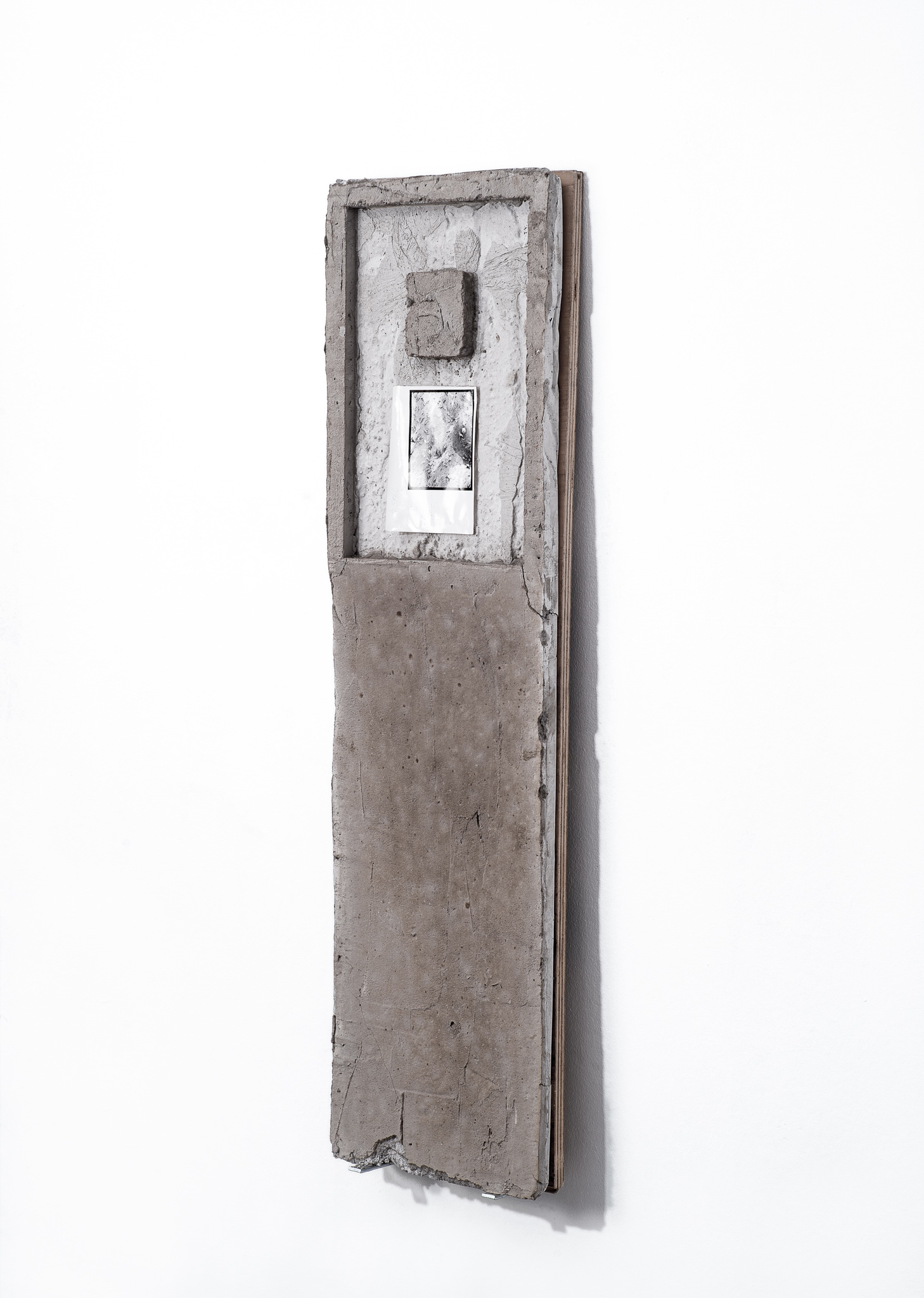 +1 (737) 348-2778, 2021
+1 (737) 348-2778, 2021Detail
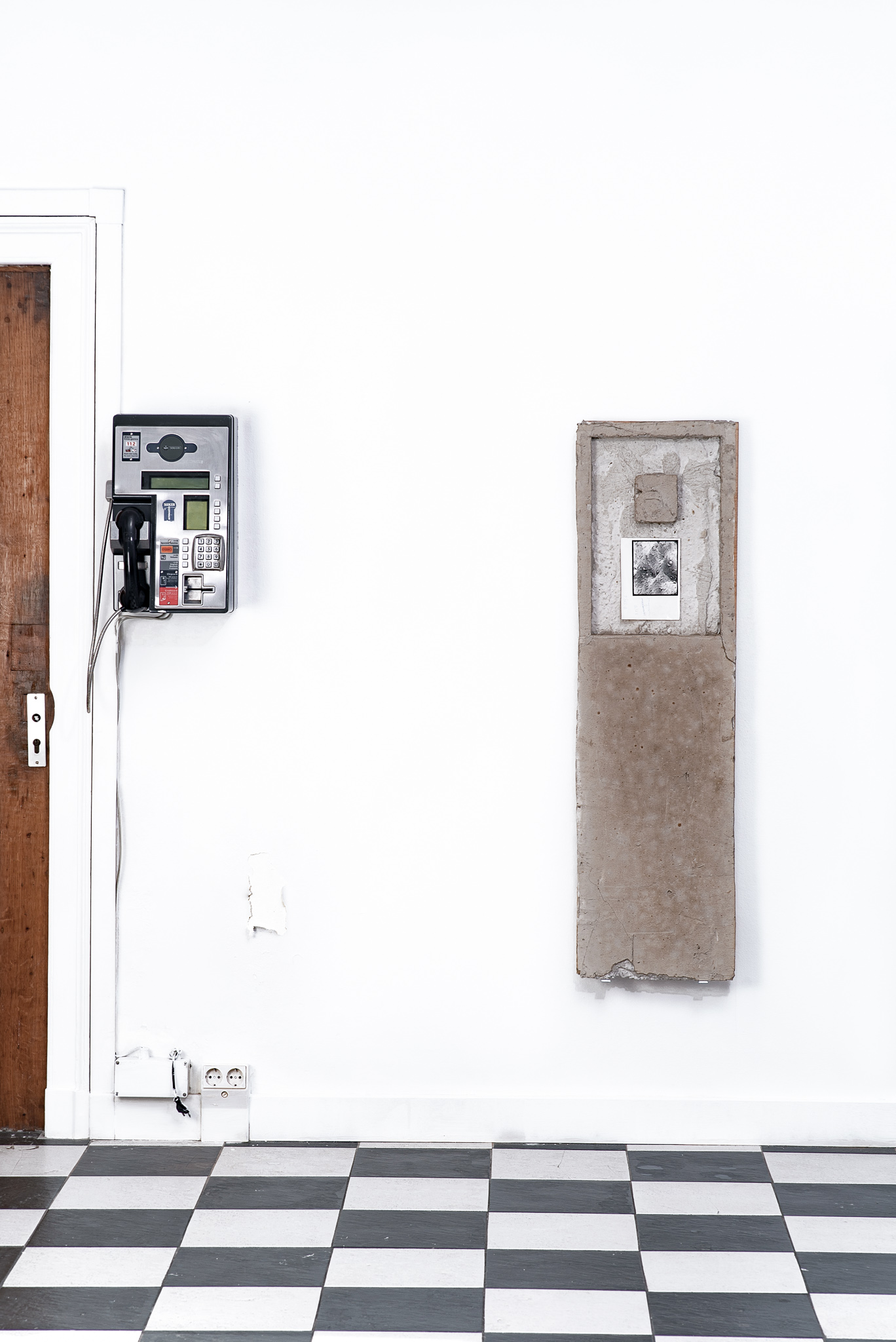 +1 (737) 348-2778, 2021
+1 (737) 348-2778, 2021Found micrograph in artist’s frame of concrete, plywood, telephone.
BACK TO TOP
White Card Wardrobe Plot
06.08 - 22.08.2021
Gallery Reneenee in Amsterdam, the Netherlands / www.reneenee.nl
Curator: Kristoffer Zeiner Christiansen
The exhibition is based on found photomicrographs of geological matter. The photographs are mounted in frames made of concrete; a complimentary choice due to its mineralogical material. Some of the frames contain white garments with UV-printed black texts. The texts, written in different languages, are excerpts from a collection of poems by Lars Nordby, inspired by Albert Camus' notion of the absurd and theatricality. The collection of poems, titled When the Stage Sets Collapse, accompanies the exhibition project, expressing photography as a medium caught up with man's ambiguous and fragmented relationship to the natural world.
The exhibition project, its mise-en-scène, unfolds a mixture of human remains, architectural connotations, and geological appropriation, all interconnected notions, yet exhibited as derived from a plot. "There is a parallel to be drawn with how Nordby formulates his artworks' relation to the theatre. In Nordby's 'stagings' there is an absence of plotline. Instead, we are exposed to settings and objects that lead up to the theatrical moment." - Hanna G. Hattrem, Art Historian.
White Card Wardrobe Plot is an exhibition project with eagerness to form new and different connections, narratives, and associations that evoke insight and space that requires thought. Thoughts about who we are and the endless poetics we implement in that endeavor.
Nordby's most poetic work is so far dedicated to the conditions of possibility in the absurd, where time and place become fluid, and the points of reference are obscure. The exhibition is a further development of Nordby's thematic framework, where he explores theatricality in the interpersonal space of action. According to today's global tendencies of separatism, nationalism, and xenophobia, Nordby continues to explore man's obsessive relationship to identity and the pursuit of ideological belonging. Working mainly with art installation and photography, gathering inspiration from theatre aesthetics, Nordby repeatedly tackles the issue of theatricality and further explores its role in everyday life.
In Nordby's poetic work When the Stage Sets Collapse, he writes that 'there is a lot unspoken, when the stage stets collapse, we take it for granted.' Here, Nordby plays a double game of meaning, overshadowing, yet intentionally stressing the amazing ability we humans have at maintaining our position in a theatrical echo chamber. In White Card Wardrobe Plot, human relations are nailed to the background of scenography. At its core, the exhibition is about the perplexity of having a constant need for belonging. In Nordby's previous art projects, self-reflection, overidentification, and apparent contradictions are the pivot. In White Card Wardrobe Plot, Nordby shifts his focus on the poetics of absence, ambivalence, and surrealism in everyday life. According to Nordby, 'this shift are still two sides of the same coin.' One could still state that the plot in White Card Wardrobe Plot lay not in exaggerating the human presence, but objects that indicate man's existence, the microscopic world, and the scenography we interact within everyday life.
- Kristoffer Zeiner Christiansen
06.08 - 22.08.2021
Gallery Reneenee in Amsterdam, the Netherlands / www.reneenee.nl
Curator: Kristoffer Zeiner Christiansen
The exhibition is based on found photomicrographs of geological matter. The photographs are mounted in frames made of concrete; a complimentary choice due to its mineralogical material. Some of the frames contain white garments with UV-printed black texts. The texts, written in different languages, are excerpts from a collection of poems by Lars Nordby, inspired by Albert Camus' notion of the absurd and theatricality. The collection of poems, titled When the Stage Sets Collapse, accompanies the exhibition project, expressing photography as a medium caught up with man's ambiguous and fragmented relationship to the natural world.
The exhibition project, its mise-en-scène, unfolds a mixture of human remains, architectural connotations, and geological appropriation, all interconnected notions, yet exhibited as derived from a plot. "There is a parallel to be drawn with how Nordby formulates his artworks' relation to the theatre. In Nordby's 'stagings' there is an absence of plotline. Instead, we are exposed to settings and objects that lead up to the theatrical moment." - Hanna G. Hattrem, Art Historian.
White Card Wardrobe Plot is an exhibition project with eagerness to form new and different connections, narratives, and associations that evoke insight and space that requires thought. Thoughts about who we are and the endless poetics we implement in that endeavor.
Nordby's most poetic work is so far dedicated to the conditions of possibility in the absurd, where time and place become fluid, and the points of reference are obscure. The exhibition is a further development of Nordby's thematic framework, where he explores theatricality in the interpersonal space of action. According to today's global tendencies of separatism, nationalism, and xenophobia, Nordby continues to explore man's obsessive relationship to identity and the pursuit of ideological belonging. Working mainly with art installation and photography, gathering inspiration from theatre aesthetics, Nordby repeatedly tackles the issue of theatricality and further explores its role in everyday life.
In Nordby's poetic work When the Stage Sets Collapse, he writes that 'there is a lot unspoken, when the stage stets collapse, we take it for granted.' Here, Nordby plays a double game of meaning, overshadowing, yet intentionally stressing the amazing ability we humans have at maintaining our position in a theatrical echo chamber. In White Card Wardrobe Plot, human relations are nailed to the background of scenography. At its core, the exhibition is about the perplexity of having a constant need for belonging. In Nordby's previous art projects, self-reflection, overidentification, and apparent contradictions are the pivot. In White Card Wardrobe Plot, Nordby shifts his focus on the poetics of absence, ambivalence, and surrealism in everyday life. According to Nordby, 'this shift are still two sides of the same coin.' One could still state that the plot in White Card Wardrobe Plot lay not in exaggerating the human presence, but objects that indicate man's existence, the microscopic world, and the scenography we interact within everyday life.
- Kristoffer Zeiner Christiansen